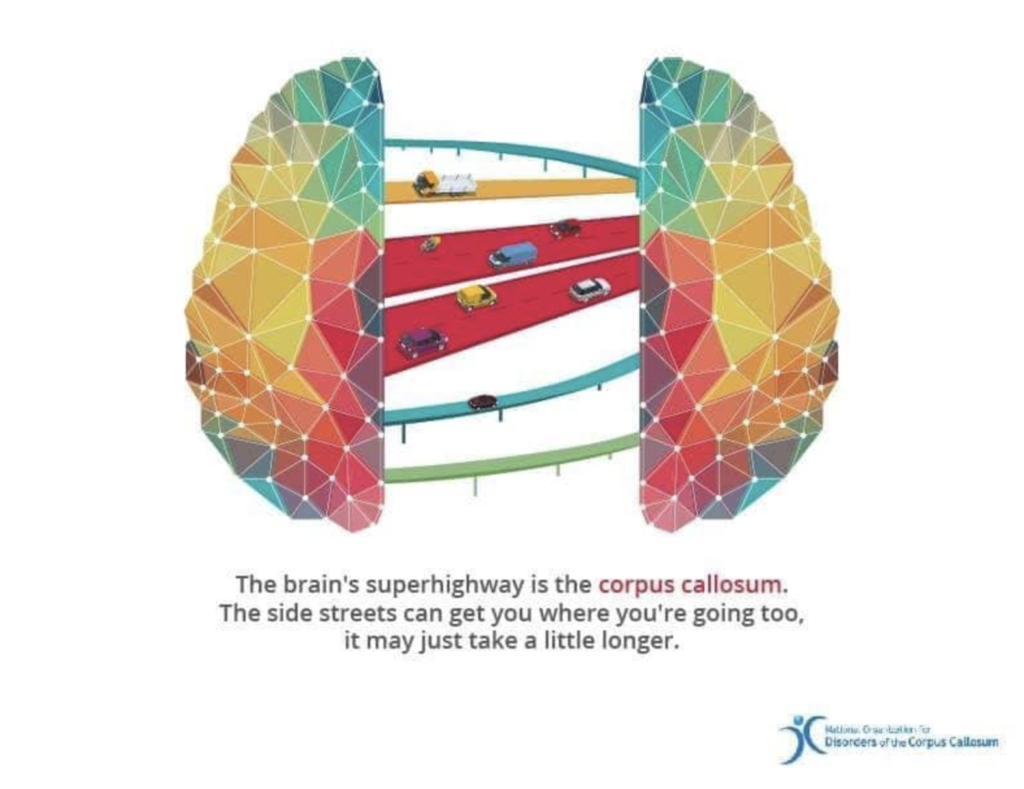It occurred to me a few weeks ago that I have not done well at capturing the past four years. Like really, capturing it. Yes there are Instagram posts and casual social updates; however, a little over four years ago, I was pregnant. 33 weeks to be exact. With Miss Lillie Grey. And we found out something was wrong... and I have never shared it (here).
It is not because I had to go through all of the emotions with hearing your child has a disability. Yes, that did happen. But four years later, I no longer have that reason or excuse. It is simply because I have yet to stop and put the whole story somewhere that is easy for somebody to understand our experience and what that has meant for us. At least, all in one place.
So I'm going to attempt over the next few weeks to put our experience in writing as a resource for others. Something that somebody can read when they hear "we think your child is missing his or her corpus callous" too. Something that somebody else can lean on when there is a lot of unknowns and some doom and gloom.
Let me start today with the basics. If you'd rather skip to our story, the journey starts in this post.

What is Agenesis of the Corpus Callosum?
Agenesis of corpus callosum (ACC) is a rare disorder that is present at birth (congenital). It is characterized by a partial or complete absence (agenesis) of an area of the brain that connects the two cerebral hemispheres. This part of the brain is normally composed of transverse fibers.
What causes ACC?
The cause of agenesis of corpus callosum is usually not known. It can be due to infection or injury. It can be genetically passed down. It can be a cause of drug or alcohol use. It can be other things as well that may not necessarily apply to any of the previously items. Overall, a lot of things can cause why someone is born with ACC.
How is ACC diagnosed?
ACC is frequently diagnosed during the first two years of life. An epileptic seizure can be the first symptom indicating that a child should be tested for a brain dysfunction. The disorder can also be without apparent symptoms in the mildest cases for many years. ACC can also go undiagnosed if no complications exist. It is often misdiagnosed as other diagnosis like ADHD, Autism, ADD, etc. but is not always the case.
Ultrasound and magnetic resonance imaging (MRI) are imaging techniques that aid in diagnosis of agenesis of corpus callosum, specially during pregnancy or to confirm a suspected diagnosis.
What are symptoms or signs of ACC?
Agenesis of corpus callosum (ACC) may initially become evident through the onset of epileptic seizures during the first weeks of life or within the first two years. However, not all individuals with ACC have seizures. Other symptoms that may begin early in life are feeding problems and delays in holding the head erect. Sitting, standing and walking may also be delayed. Impairment of mental and physical development, and/or an accumulation of fluid in the skull (hydrocephalus) are also symptomatic of the early onset type of this disorder.
How common is ACC?
Agenesis of Corpus Callosum produces symptoms during the first two years of life in approximately ninety percent of those affected. It has been thought to be a very rare condition but the increased use of neuro-imaging techniques, such as MRI, is resulting in an increased rate of diagnosis. This condition may also be identified during pregnancy through an ultrasound. Currently, the highest estimate of incidence is 7 in 1000 individuals.

Other Random Facts
- The Corpus Callosum consists of approximately 200 million fibres that connect the left and right hemispheres of the brain.
- It is called the brain's 'super highway'.
- Because each hemisphere of the brain has its own separate responsibilities and functions, the corpus callosum is the main part of the brain that brings those functions together in order for it to function as one organ.
- There are other smaller connections between both hemispheres but often the signals travel a little slower than if the corpus callosum was there.
Agenesis of corpus callosum is such a scary, crazy diagnosis to receive as a pregnant mother for their unborn child. There isn't a ton of research. There isn't a definite plan for assistance or help. There isn't even a defined "this is what will happen". It is a lot of "we'll wait and see...".
And yet, you would never even know something was wrong, or missing with our Lillie. To know her is to scratch your head and think "Huh??? How on earth is she missing part of her brain?"
I'm so fascinated by the brain because it is such a mystery and I'm so glad it is because it has made my little girl as awesome as she is.
All facts and more can be found at Rare Diseases.





1 comment